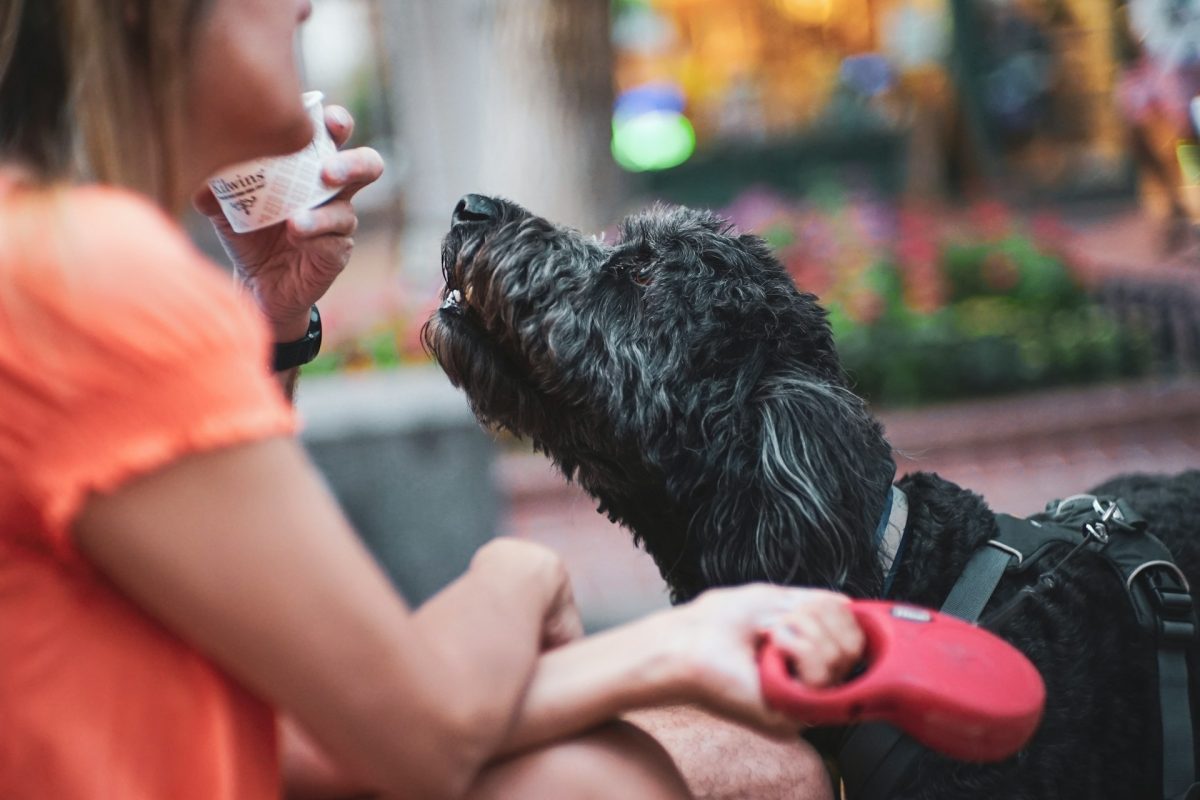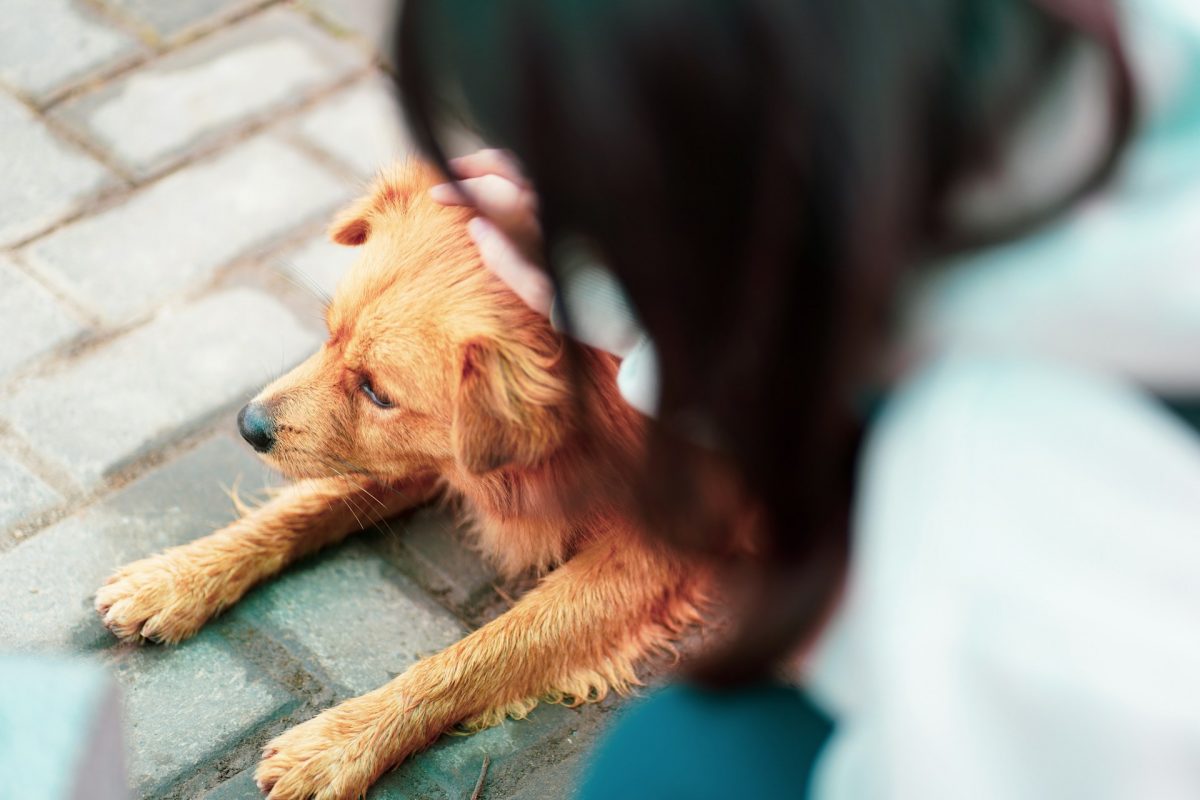When your pet is unwell or needs a medical procedure, the last thing you want to worry about is whether your insurance will cover it. That’s where pre-authorization can come in handy. While not always required, it’s a helpful tool in navigating your pet’s coverage and avoiding unpleasant surprises.
Below, we’ll break down how pre-authorization works in pet insurance, why you might want to use it, and how to go about it with confidence.
What Is Pre-Authorization?
Pre-authorization is a formal request submitted to your pet insurance company before a medical procedure or treatment takes place. It allows the insurer to review the planned treatment and confirm whether it’s covered under your current policy.
Think of it as asking, “Will you cover this before I move forward?” It doesn’t guarantee payment, but it gives you a written or digital statement of likely coverage, provided everything proceeds as expected.
When Should You Consider Pre-Authorization?
Not every vet visit requires pre-authorization. You usually don’t need it for routine exams, vaccinations, or smaller claims. However, it can be useful in these situations:
- Expensive or elective procedures (like surgeries or MRIs)
- Specialist referrals or advanced diagnostics
- Ongoing treatment plans, especially those involving chronic conditions
- Pre-planned procedures that can be delayed while waiting for approval
Some pet insurance providers require pre-authorization for certain procedures, so it’s a good idea to review your policy details or call customer service before scheduling care.
How the Process Typically Works
Each insurance company has its own process, but here’s a general overview of what to expect:
1. Discuss the Plan with Your Vet
Before reaching out to your insurer, speak with your veterinarian about the diagnosis, treatment plan, and expected costs. You’ll need detailed notes or an itemized estimate.
2. Submit a Pre-Authorization Request
You or your vet (depending on the company) will complete a form provided by the insurance provider. This usually includes:
- A detailed treatment estimate
- Medical records supporting the diagnosis
- Your pet’s insurance information
3. Wait for a Response
The insurer will review the request and let you know whether the treatment is likely to be covered. This can take a few days to a week, so plan ahead when possible.
4. Receive Approval or Denial
Once reviewed, the insurance company will send a decision in writing. If approved, they’ll confirm how much of the cost will be reimbursed. If denied, they’ll explain why.
Why Pre-Authorization Can Be Worth It
Even if your insurer doesn’t require it, pre-authorization can give you peace of mind. You’ll have a clearer idea of what to expect financially and can make informed decisions about your pet’s care.
It also helps avoid claim rejections later on. If your pet receives a procedure that turns out not to be covered, you could be responsible for the full amount, sometimes thousands of dollars. Pre-authorization sets expectations before treatment begins.
A Few Important Notes
- Pre-authorization is not payment in advance. You’ll still pay your vet up front and submit a claim after.
- It doesn’t lock in coverage. If there’s a change in diagnosis or treatment, the pre-approval might no longer apply.
- Emergency care usually bypasses pre-authorization. Most providers allow immediate treatment in urgent situations and will review claims afterward.
Pet insurance pre-authorization might sound like a hassle, but it’s really a tool that puts you in control. When used wisely, it helps you understand what’s covered, avoid financial stress, and plan better for your pet’s health needs. Talk to your vet and your insurance provider early to ensure you’re prepared, because peace of mind is part of good pet parenting, too.



